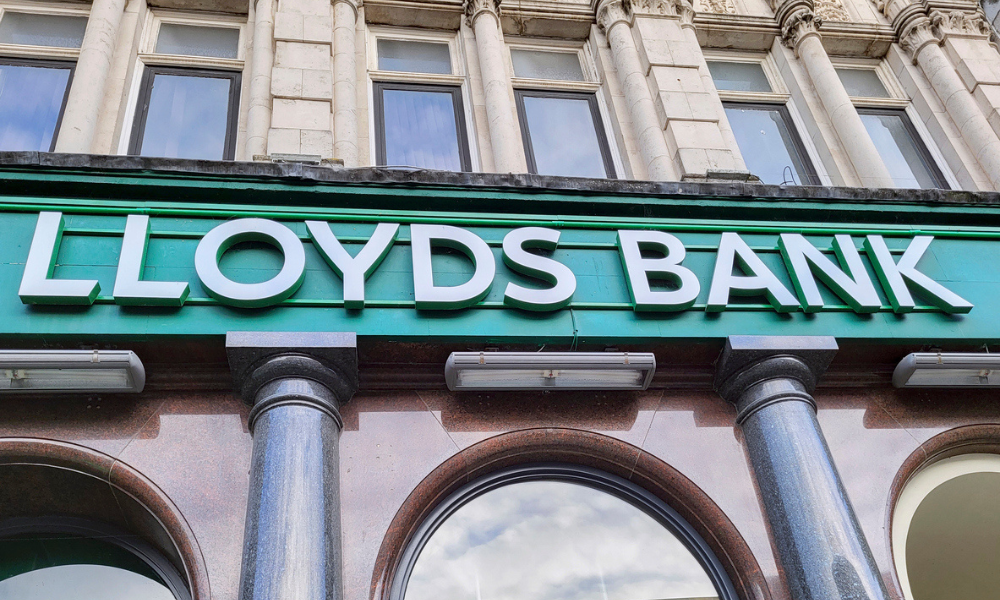Economists predict a rate cut – in just days from now

Lloyds Banking Group’s chief executive has said that the era of significant mortgage rate increases is likely over, forecasting that home loan prices will level off as demand subsides.
“Unless there is a material shift in expectations around future rates . . . mortgage pricing is going to stay pretty stable from here,” Charlie Nunn stated.
Nunn’s comments coincided with the release of Lloyds’ half-year financial results. The UK’s largest mortgage provider saw a slight increase in profits for the second quarter.
This uptick was driven by higher mortgage lending and reduced provisions for bad loans, which helped counterbalance a decreasing windfall from elevated interest rates.
Nunn explained that anticipated Bank of England rate cuts are already factored into current mortgage rates. While demand for home loans remains robust, it has moderated since the beginning of the year, when borrowing costs began to drop from their peak.
“People are still really wanting to lock in their mortgage for either two or five years, they’re looking for that protection from interest rates,” Nunn added.
Official data shows that demand for UK mortgages rose in the first quarter of this year after a slowdown in 2023. Most lenders have reduced their mortgage rates amid expectations that interest rates will decrease this year.
In recent weeks, home loan rates have continued to decline, as markets predict the Bank of England will lower its benchmark interest rate from a 16-year high of 5.25% in August or September. Moneyfacts reports that the average rate for a two-year residential mortgage is currently 5.79%.
Eight out 10 economists polled by news agency Reuters today have predicted that the BoE’s rate-setting monetary policy committee (MPC) will cut base rates by quarter of a percent from 5.25% to 5% this Thursday.
At the end of last week, Lloyds reported statutory pre-tax profits of £1.7 billion for the second quarter, slightly exceeding market expectations of £1.6 billion. For the six months ending in June, profits fell 14% to £3.3 billion, which was also above analyst predictions.
During the first half of the year, loans to customers increased by £2.7 billion, reaching £452.4 billion, driven by growth in retail lending, including mortgages and unsecured loans.
However, deposits at Lloyds’ commercial bank declined by £1.6 billion in the first half, with a drop in lending to small and medium-sized businesses.
The bank noted a reduction in provisions for bad loans in the second quarter due to improvements in the UK’s economic outlook. Provisions decreased to £44 million for the three months ending in June, down from £419 million in the same period the previous year, reflecting “resilient credit performance.”
Lloyds also experienced a decrease in new arrears and defaults across its mortgage portfolio, with “stable” levels of arrears and defaults in its unsecured lending book.
As anticipated, Lloyds’ net interest margin — the gap between the interest charged on loans and the interest paid on customer deposits — decreased slightly to 2.93% from 2.95% in the previous quarter.



